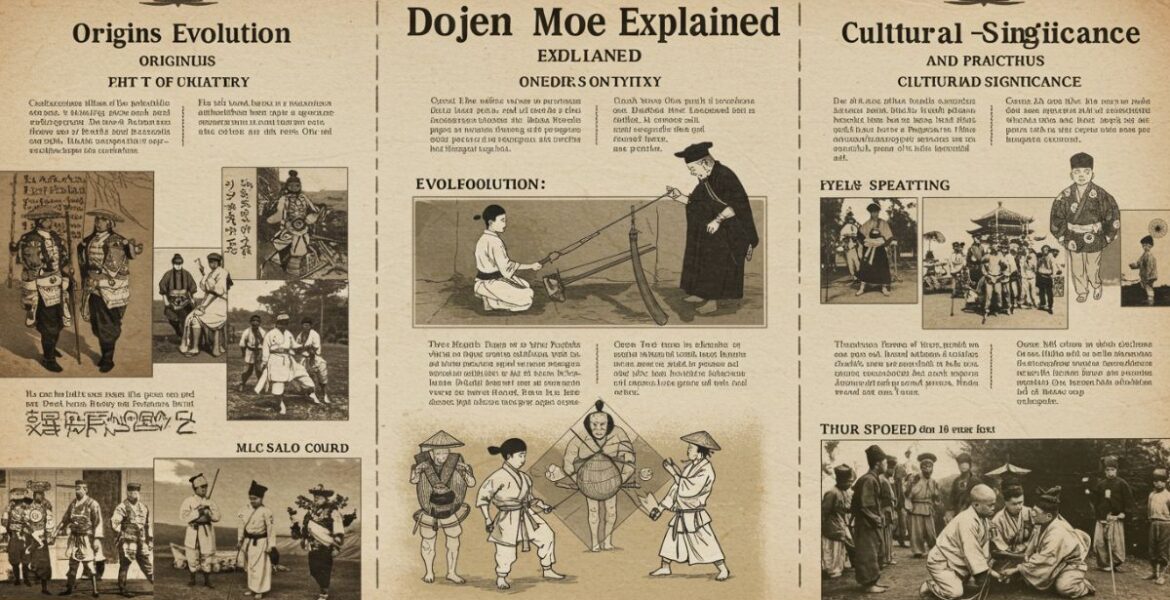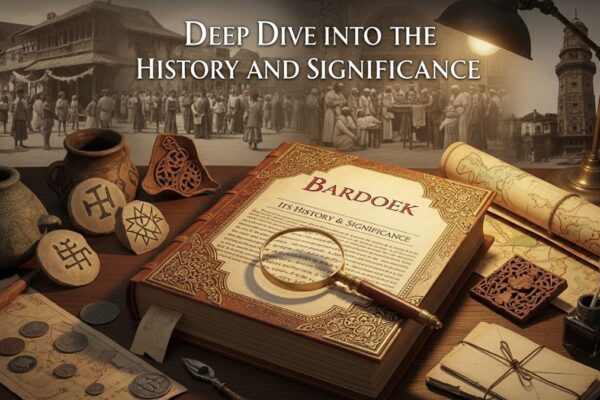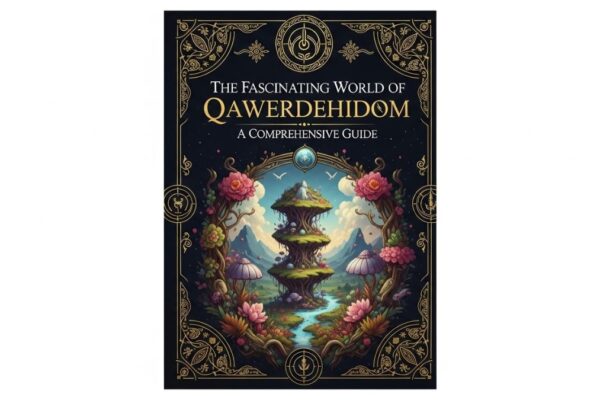Dojen moe Explained: Origins, Evolution, and Cultural Significance

Dojen moe has become a fascinating topic that captures the hearts of many fans around the world. This unique blend of art and culture offers a glimpse into the vibrant universe of Japanese fandom. With its intricate characters and emotional storytelling, dojen moe transcends mere entertainment to create deep connections among enthusiasts. Whether you’re just beginning to explore this captivating phenomenon or are already immersed in its rich tapestry, understanding its origins and evolution will enhance your appreciation for this dynamic cultural expression. Let’s embark on an enlightening journey through the world of dojen moe!
The Origin of Dojen moe
Dojen moe traces its roots back to the vibrant world of Japanese otaku culture. It emerged as a subgenre within manga and anime, where fans developed deep emotional connections with characters that embodied innocence and charm.
The term “moe” itself denotes a sense of affection towards fictional characters, often characterized by their cute or endearing traits. This connection sparked interest in dojen works—self-published comics that celebrated these beloved personas.
In the late 1990s and early 2000s, dojen artists began exploring themes surrounding intimacy, friendship, and fantasy through their illustrations. The underground scene flourished as creators shared their passions at conventions and online platforms.
This grassroots movement not only gave rise to new artistic expressions but also shaped community dynamics among fans who sought to celebrate their favorite characters together. As it grew, so did its influence across various media forms.
Evolution of Dojen moe in Popular Culture
Dojen moe has shifted dramatically since its inception. Initially rooted in niche communities, it found a foothold in anime and manga circles. Fans embraced the charm of cute characters with exaggerated features and endearing personalities.
As internet culture thrived, so did dojen moe. Social media platforms became vital for sharing art and fan fiction that celebrated these beloved tropes. Artists began to explore diverse themes, pushing boundaries while maintaining the essence of dojen moe.
Mainstream media started incorporating elements of this phenomenon too. Video games featured charming characters inspired by dojen aesthetics, attracting wider audiences beyond traditional fans. This evolution reflects how flexible and adaptive the concept is within popular culture.
Moreover, conventions have become hotspots for celebrating dojen moe through cosplay events and merchandise sales. It is a testament to its enduring appeal as fans connect over shared interests in vibrant online spaces.
Cultural Significance and Impact on Society
Dojen moe has carved out a unique niche within contemporary culture, blending fandom with artistic expression. The phenomenon transcends mere entertainment, influencing fashion, art, and even social interactions.
Its vibrant community fosters a sense of belonging among fans. Individuals connect over shared interests and create friendships that span geographical boundaries.
Moreover, dojen moe often challenges traditional norms in storytelling. It invites alternative perspectives on characters and narratives, expanding the range of representation in media.
This subculture also encourages creativity. Fans engage in various forms of artwork—manga, animations, and fanfiction—that breathe new life into beloved stories. Such expressions not only enrich the original content but also showcase individual talents.
As this trend grows globally, its impact resonates beyond personal enjoyment to societal dialogues about identity and acceptance in diverse communities.
Controversies Surrounding Dojen moe
Dojen moe has sparked significant debate within and outside the fandom. Critics often argue that it promotes unrealistic expectations of characters, particularly in terms of age and behavior. This concern raises ethical questions surrounding consent and representation.
Some community members feel that certain portrayals veer into uncomfortable territory, fueling discussions about boundaries in fantasy versus reality. The nuances can be challenging to navigate, resulting in polarized opinions among fans.
Moreover, mainstream media occasionally misrepresents dojen moe, framing it solely as a controversial aspect rather than appreciating its artistic roots. Such depictions can deepen misunderstandings between different cultural perspectives.
While many celebrate dojen moe for its creativity and emotional expression, others worry about its implications on social norms. These tensions highlight the ongoing conversation about how art reflects society’s values and challenges perceptions across generations.
How Fans Celebrate Dojen moe
Fans of dojen moe find an array of ways to express their love for this unique cultural phenomenon. One popular method is through fan art, where artists create stunning illustrations that capture the essence of beloved characters in various styles.
Cosplay also plays a vital role in celebrations. Fans often don intricate costumes, embodying their favorite characters at conventions and meetups. These gatherings foster community and camaraderie among enthusiasts who share similar passions.
Online platforms are bustling with activity as fans discuss dojen moe through forums, social media groups, and dedicated websites. Sharing memes, videos, or even original stories helps keep the spirit alive while introducing newcomers to its charm.
Special events such as themed parties or screenings allow fans to come together and celebrate shared interests. This collective enjoyment fosters deeper connections within the community and promotes understanding of this captivating genre.
Conclusion:
Dojen moe has carved out a unique niche within the broader landscape of fandom and pop culture. Its origins can be traced back to specific cultural expressions that resonate with audiences seeking both connection and escapism. As it evolved, dojen moe adapted to changing tastes, influencing various forms of media along the way.
The cultural significance of dojen moe is profound. It reflects societal attitudes towards youth, innocence, and fantasy. This phenomenon continues to spark conversations about identity and community among fans who embrace its values.
You may also like


Exploring bardoek: A Deep Dive into Its History and Significance

Leave a Reply